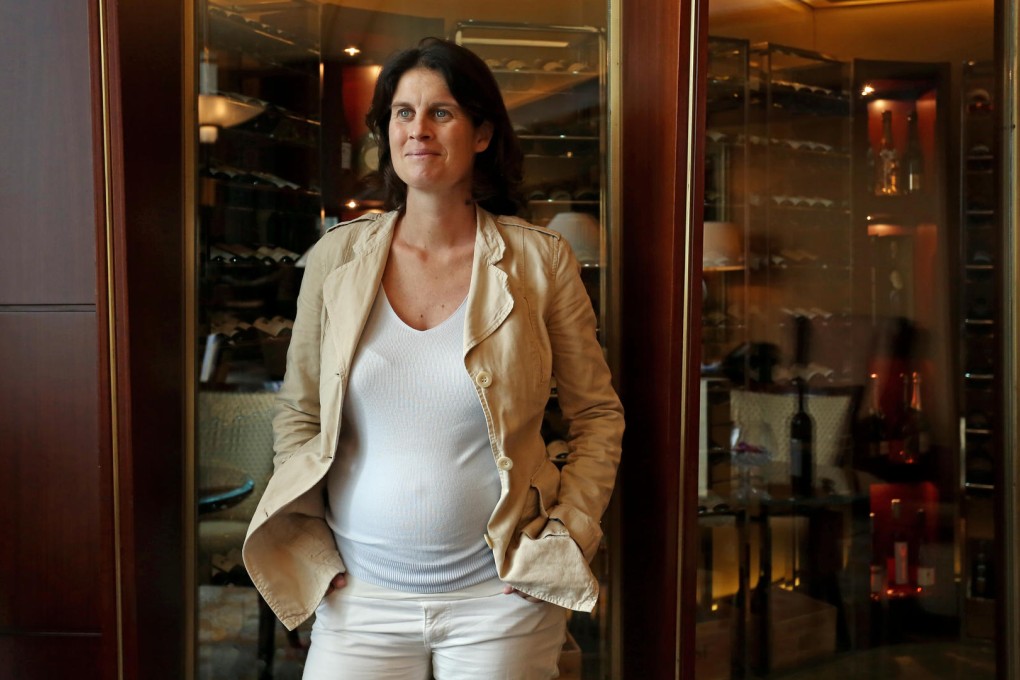Interview: Alessia Antinori, 26th-generation winemaker, on the value of tradition
Why her family's 600-year-old business, Italy's Marchesi Antinori, is expanding globally and why an Old World approach to winemaking is important

"When I was about 16. My other passion was history of art but I told my father I would study viticulture in university. Then in 1999, my two sisters and I started making a sparkling wine, Montensia Spumante Franciacorta. That was my first winemaking experience."
"I was making wine at Antinori for many years but I think it's important in a family company to know all the different aspects. That's why I lived in Hong Kong for four years about 10 years ago, in order to look after sales in Asia and the Middle East. The Asian market has evolved a lot since. The first time I organised a tasting in China, people didn't even know the difference between a white and a red wine."
"There have been immigrant families like Mondavi but not many like us who went there for work but still live in the Old World. I would say the approach in America is more modern. There's more technology used but we always like to give it a little Old World approach."
"It opened in 2012 but it took us seven years to build it. We wanted one structure to hold everything and we wanted it to be open to the public, with a museum and a contemporary art gallery - that is my touch. The concept my father always wanted was to not destroy the area. It had to be enormous so we made it mostly underground. The surrounding area is so beautiful and we want to respect that."
"It would be easy to put the Antinori name on everything, making it easy to sell, but we believe it would be confusing because Antinori is known to be Tuscan and Umbrian - these are our historical estates. The rest of the properties were bought afterward. They have to grow on their own over time. It's more work but we think in the long term it is wiser."
"It's called Fiorano and it was a project of my grandfather. He was very innovative, a pioneer. They brought for the first time cabernet grapes into Italy and planted the vines within Rome's city limits in the 1930s. He also planted some merlot and semillon. He produced wine from it for many years but then stopped and pulled out all the vines except for four rows. That's what I inherited and I decided to produce the Fiorano from them. Production is quite small now, about 500 bottles a year. I did a massive propagation of the old vines but they will take another five or six years to increase production."
